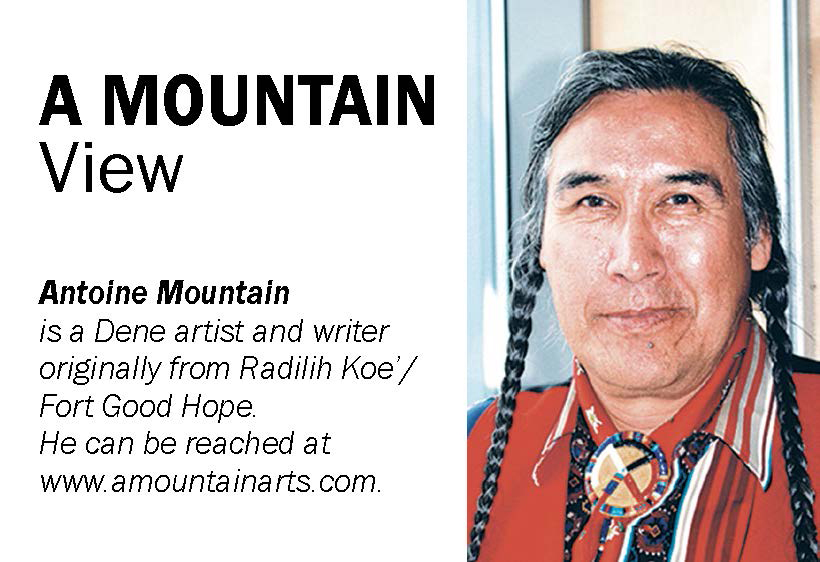Friends, it gladdens a heart to see that our famous Native Press will yet go to print, if only online, but available for people to see what Northern history was all about.
 In donating some of the publication's 200,000 photos to the GNWT Archives, chairman of the Native Communications Society, Johnny, J.C., Catholique is making the understatement of the century when he says there was a “lot” going on.
In donating some of the publication's 200,000 photos to the GNWT Archives, chairman of the Native Communications Society, Johnny, J.C., Catholique is making the understatement of the century when he says there was a “lot” going on.
What we took part in at the time, from the early seventies to two decades later was no less than the reshaping a colonial order, nationwide.
One only has to look at the singular and historic Paulette Case, for instance, which focused international attention on our Aboriginal rights and seeing to casting it in epochal stone.
My own memory goes back to already making a commitment to join the political movement, the Indian Brotherhood, which became the Dene Nation.
Our very first office was on the ground floor of Harry Glick’s clothing store on Franklin and Franklin, in downtown Yellowknife. Basically, it was just a bunch of recent university and community college students milling around, looking through copies of Treaties 8 and 11, ready to stir things up a bit.
I saw a typewriter at a desk, simply sat down and started typing anything I was handed. This went on for two weeks before I got hired.
I then served for a number of years as head of the radio department, with our own weekly show, on CBC’s CFYK.
When the Native Press started, events also really picked up, especially with our work toward educating the people for the upcoming Berger Inquiry, to put an end to plans for a Northern pipeline.
One of the favourite sections of the paper had to do with People About Town, just photos of visitors from the communities in the city and what they were doing.
A lasting memory was when this same J.C. Catholique was cameraman for a media team we had, producing videos for the GNWT. I was in mid-interview with one of the chiefs and turned around, only to witness our very professional man, fast asleep behind his camera. I always wondered how he got such still shots.
Besides serving as a link to the rest of the North, this one paper certainly had its impact. In fact, there was even a forerunner to this A. Mountain View column, right in the Native Press.
It goes without saying, then, that future generations will gain a new appreciation of how we did things before the age of the internet and cell phones.
Mahsi, thank you.